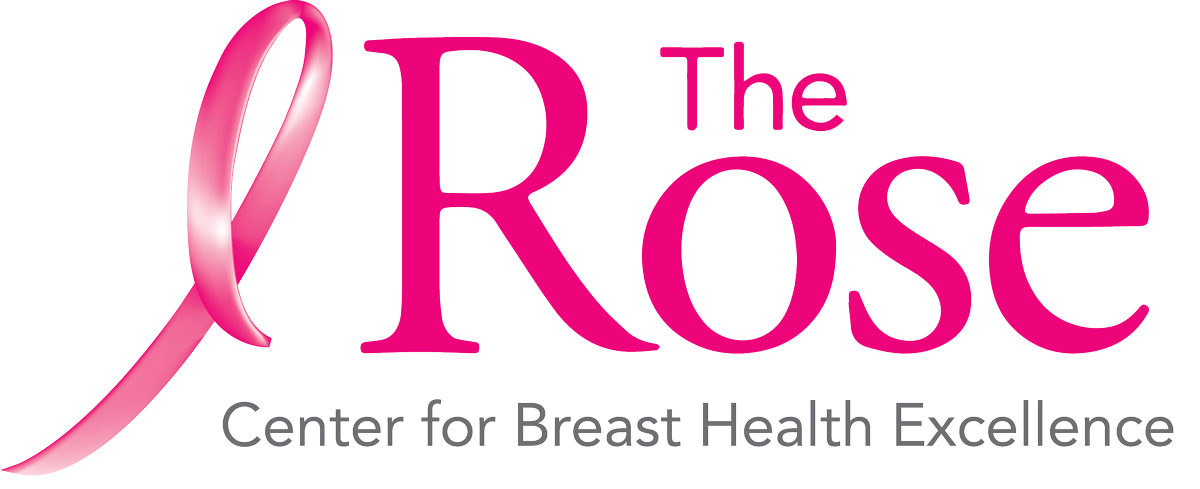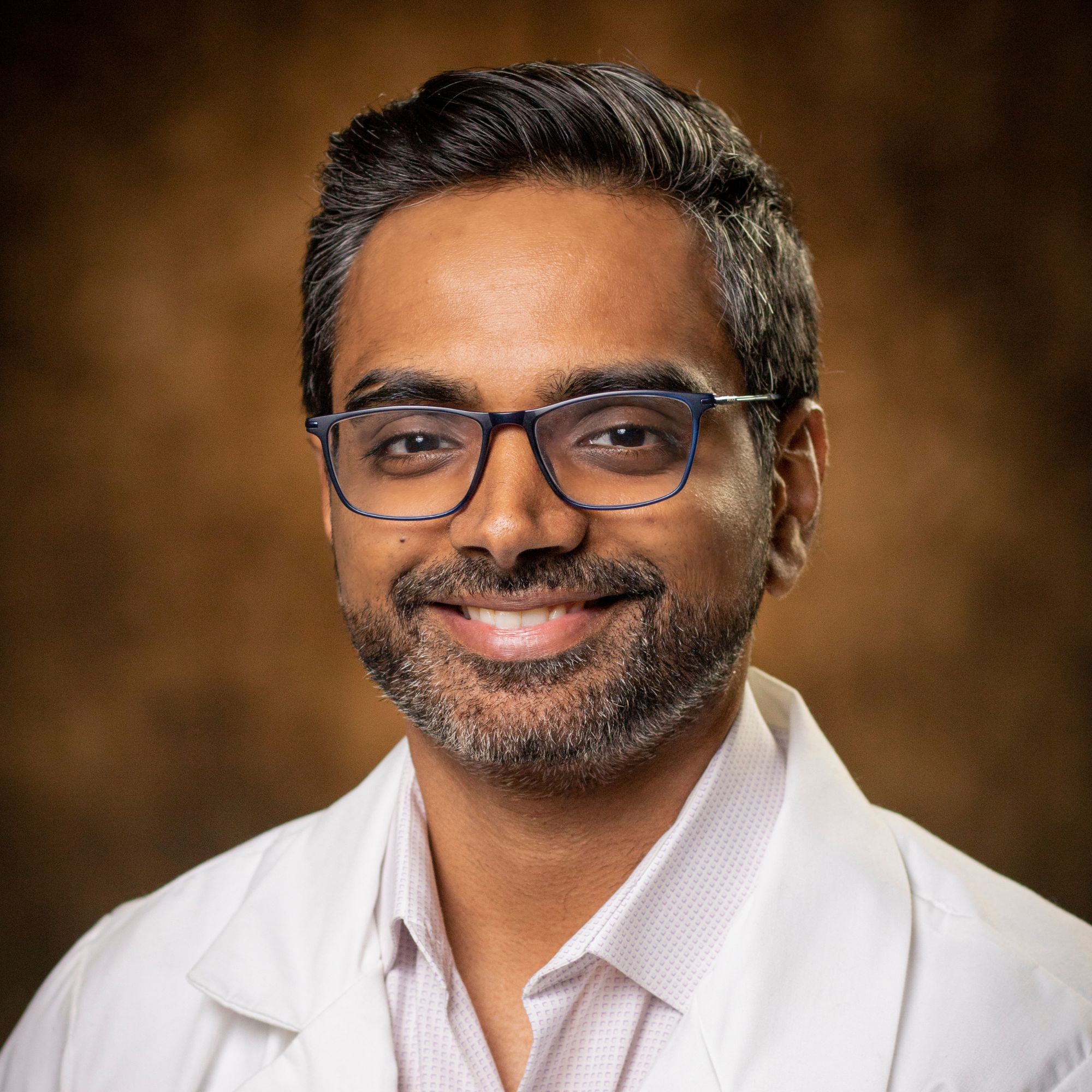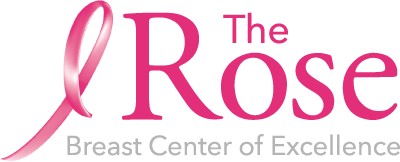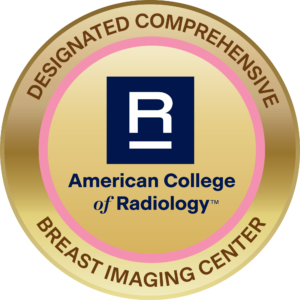Dorothy: [00:00:00] On this first episode of Mammography and More, we have Dr. Raz with us. He is our lead interpreting physician, and he is a fellow in breast imaging. And most of us know that being a board certified radiologist is important, but when you’re a fellow in breast imaging, it means you have done additional education and have a different level of expertise in breast imaging.
This is a very specialized area. It is one that requires a incredibly, um, maybe different approach than most radiology. And of course, it also requires a radiologist to help us as that woman is facing her own breast cancer diagnosis. Dr. Raz was trained at the University of Texas Medical School of Houston and at Baylor College of Medicine and he received his breast fellowship at the University of Texas Medical Branch Galveston.
He has been with [00:01:00] The Rose for many, many years and he’s always been a favorite on, Let’s Talk About Your Breast. When you subscribe to our show, you help us grow. Someone you know may need to hear this story. So please, share with your family and friends. And consider supporting our mission. Your donation can help save the life of an uninsured woman.
Let’s Talk About Your Breast, a different kind of podcast presented to you by The Rose, Breast Center of Excellence and a Texas treasure. You’re going to hear Frank discussions about tough topics, and you’re going to learn why knowing about your breast could save your life.
Dr. Raz, thank you so much for being with us today and for sharing your ideas and your thoughts, and advice on Mammograms and More. Uh, and today we want to start with some really basic questions [00:02:00] that we hear from women all the time. So, what exactly is a mammogram?
Dr. Raz: Right. So mammogram is an x-ray based study in, in radiology, uh, where we use special kinds of x-rays that then pierce through the breast so we can see through it.
And the goal really is to catch cancer early, specifically breast cancer. Uh, and that’s what the study is and a screening mammogram specifically is just four images. So we do top to bottom and then side to side, which includes the armpit area as well. And we call it MLO, but those are the four images.
That’s all we need for screening mammogram. And the whole point of doing screening is so we can catch cancer early when you can catch them early. It’s completely curable.
Dorothy: Why is it so important to have it annually?
Dr. Raz: Right, so that’s a great question. Now, there have been many studies that have [00:03:00] been done. We do nothing in medicine, if not thoroughly studied and randomized controlled trials, and there’s objective data showing some benefit.
So, with that in mind, There was a recent study, but there have been done many, uh, there have been many studies, uh, that showed mortality reduction if you do screening mammogram. So, this was by Monticello, Dr. Monticello, it’s a funny story. I actually interviewed with her. She used to be at Bryan, Bryan, Texas.
That’s where Scott and White is.
Dorothy: Oh.
Dr. Raz: Uh, Texas A& M. She used to be the chair there. Now she’s at Dartmouth. But she’s one of the best of us. She’s a leader in breast imaging. And her group did this study, which they stratified patients in four different categories. So remember USPSTF just recently said every woman should start a mammogram at 40.
That was not their initial stance. It was starting at 50, but they changed it to 40. Well, what happened? Well, they [00:04:00] realized that that was not a good, you know, guideline, and they changed it. And this was one of the studies that actually changed their mind. So, women in four categories, one was starting at 40 to 74, second was starting at 40 to 79, and third was starting at 50, which was the previous recommendation, 50 to 74.
And then 50 to 79. And the highest mortality reduction was found in starting at 40 and going all the way till 79. That’s what this study showed. That’s correct. And this was 42 percent mortality reduction. And everybody should understand. Mammogram is the only modality that has shown unequivocally that it reduces mortality.
That’s what we care about, saving lives, reducing mortality, and mammogram has been proven time and time again, which is why this is the screening methodology, screening mode of choice.
Dorothy: It’s a gold standard.
Dr. Raz: [00:05:00] That is correct. And this is why, because we have proven with objective scientific data that it helps reduce mortality.
And specifically in that age group.
Dorothy: Yes.
Dr. Raz: Starting at 40. If you start at 50, your reduction mortality isn’t as good. It’s like 24%. So why wouldn’t you go for savings? That is a big difference. Which is why USPSTF now has changed the stance to 40, start at 40. Now there is debate, biannual or not. But this risk ratification also had biannual versus annual.
And it’s the annual starting at 40 going all the way till 79. That had the best mortality reduction.
Dorothy: All right. Now, I think, I think we’re going to have to, for our listeners, yes, explain what USPSTF
Dr. Raz: is. So that’s the, uh, United States, uh, Primitive, uh, Task Force. And they are the, the be— an all be-all, they make the general rules, the general surgeon in America.
They were the ones that sit on the board and come up with all these guidelines. You should take flu shots; you should screen [00:06:00] here; you should start screening for, you know, colon cancer.
Dorothy: So it’s not just breast cancer, it’s all.
Dr. Raz: That’s correct.
Dorothy: Except the recommendations.
Dr. Raz: That’s correct. So that’s for United States, that they set the gold standard, and plenty of physicians.
Now we have other scientific bodies, like in radiology we have American College of Radiology, then for gynecology there’s the American College of Obstetrics and Gynecology. Those are also powerful bodies, but in general, physicians would look towards USPSDF guidelines. And now we’re in unison that it should start at 40.
Dorothy: 40. That is such good news. And it also impacted whether insurance paid for it, you know, when it was 50. There’s a difference. And it impacted, for The Rose, many of our grants. We, we had to move ours to apply, you know, to qualify for a grant, we couldn’t use the 40 year olds. We couldn’t say we were screening them.
So it was a very difficult time. And I certainly understand why the general public was confused.
Dr. Raz: Yes.
Dorothy: And, and [00:07:00] we still hear women say, oh, I heard I didn’t have to have it till 50. So I think you’ve given us many reasons why it’s important.
Dr. Raz: That’s right.
Dorothy: So talk to us about the difference in a screening mammogram and a diagnostic mammogram.
Dr. Raz: Right. So as I mentioned before, screening mammogram only involves four views. We Craniocaudal. All that means is we’re looking at the breast from top to bottom. Mediolateral Oblique View is the mouthful, but it’s really just looking from side all the way up to the axilla. So those are the standard four views.
And when a woman comes in, And we have lots of, you know, mobile mammography that goes out there in Texas. And we get these four views and I read them, and it doesn’t have to be live. It could be this day or a week later, but that’s what a screening mammogram is. We’re just looking for any abnormality that you may have.
Now it’s possible on screening mammogram, I see something abnormal. And when that happens, what it triggers is called a callback, meaning I say, “Hey, I see something, a mass or asymmetry or some abnormality on mammogram.” [00:08:00] And then a woman comes in for special images. These are images that are not part of the four basic images that we use for screening.
This can involve special zoomed up images called Spot Compression Views. Um, in some other, uh, other, uh, abnormalities, it may be magnified views that call Spot Magnification Views. In some other abnormalities, I may do Special Lateral View, where the woman isn’t Mediolateral, we’re not looking at the armpit area, but just true lateral view, just the side of the breast.
So these specialized images are what constitutes a diagnostic mammogram. These are extra images we need to find out, hey, if I do see something abnormal, what exactly it is to stratify and classify the abnormality. And if need be, I further do ultrasound to, to then figure out, okay, well, this is an abnormality that requires a biopsy.
Or further investigation with tissue sampling. [00:09:00] And if not, then I just call it benign or follow up, short interval follow up. That’s what a diagnostic mammogram is. These special set of images.
Dorothy: And it’s important that the doctor look at it then.
Dr. Raz: Yes. You bring up an important point. This is live interpretation right then and there.
I see them and then I go speak with the patient. This is not remote. Screening can be done remote. It could be done with a delay. It’s okay. Not a lot of delay, but within a few days. But diagnostic mammogram is in person on the same day.
Dorothy: So I think that we’ve covered mammography, basic and diagnostic, difference between screening and diagnostic.
In our effort to be sure that folks understand what’s really going on. Tell us what. What else a woman really needs to know?
Dr. Raz: So, in terms of, you know, I spoke about this at length about how important mammography is. You have to understand that the mortality reduction comes from the [00:10:00] fact that you’re regular in screening mammogram.
Dorothy: And that’s why it’s so important to have previous views.
Dr. Raz: That is correct. Previous views, but it’s just extremely important. You have to understand cancer. If it’s a, a slow growth cancer, it’s what we call Sojourn Time, meaning when can cancer come. So a lot of these slow growing cancers can come in between years, but they’re slow growing so next mammogram we’ll be able to catch it.
Then high risk women, women that have family history, um, and you know, a few other factors, that sojourn time is very small. I mean, it could happen, between, you know, these women tend to get MRIs, but let’s say they’re just getting screening mammogram, could be just a couple of months. And then it could, these go grow fast.
So what I’m trying to emphasize is, it’s great if you come in for one mammogram, one is not, it’s not one and done. You have to continue screening because of these— these things [00:11:00] can come in between, so consistency and punctuality is very important. If you skip a, you know, you’re laid by six months, fine and dandy, but you cannot skip two, three years.
I’ve seen plenty of cancers that have just come in between two, three years, and they’re decent size. Only if a woman had, you know, just consistency. And, you know, again, I say, I see this all the time. You know, they’re caretakers, they’re homemakers. And. They don’t take care of their health and they skip it.
It’s not, I’m not gonna say laziness, but it’s just not a priority. Have to have priority. Only because if we catch it early, it’s completely curable. And that’s the benefit of mammography. Majority of cancers that I catch on mammogram, and studies prove this, they’re early cancers. There are no negative cancers.
And those are like 99 percent 10 years. How do we get that if you’re consistent? So be consistent.
Dorothy: Great advice. So thank you so much. [00:12:00] This is our first edition of Mammography and More and we’re so pleased that you were here today.
Dr. Raz: Oh, thank you for having me.
Post-Credits: Thank you for joining us today on Let’s Talk About Your Breasts.
This podcast is produced by Speke Podcasting and brought to you by The Rose. Visit therose.org to learn more about our organization. Subscribe to our podcast, share episodes with friends and join the conversation on social media using #Let’sTalkAboutYourBreasts. We welcome your feedback and suggestions.
Consider supporting The Rose. Your gift can make the difference to a person in need. And remember self care is not selfish. It’s essential.




